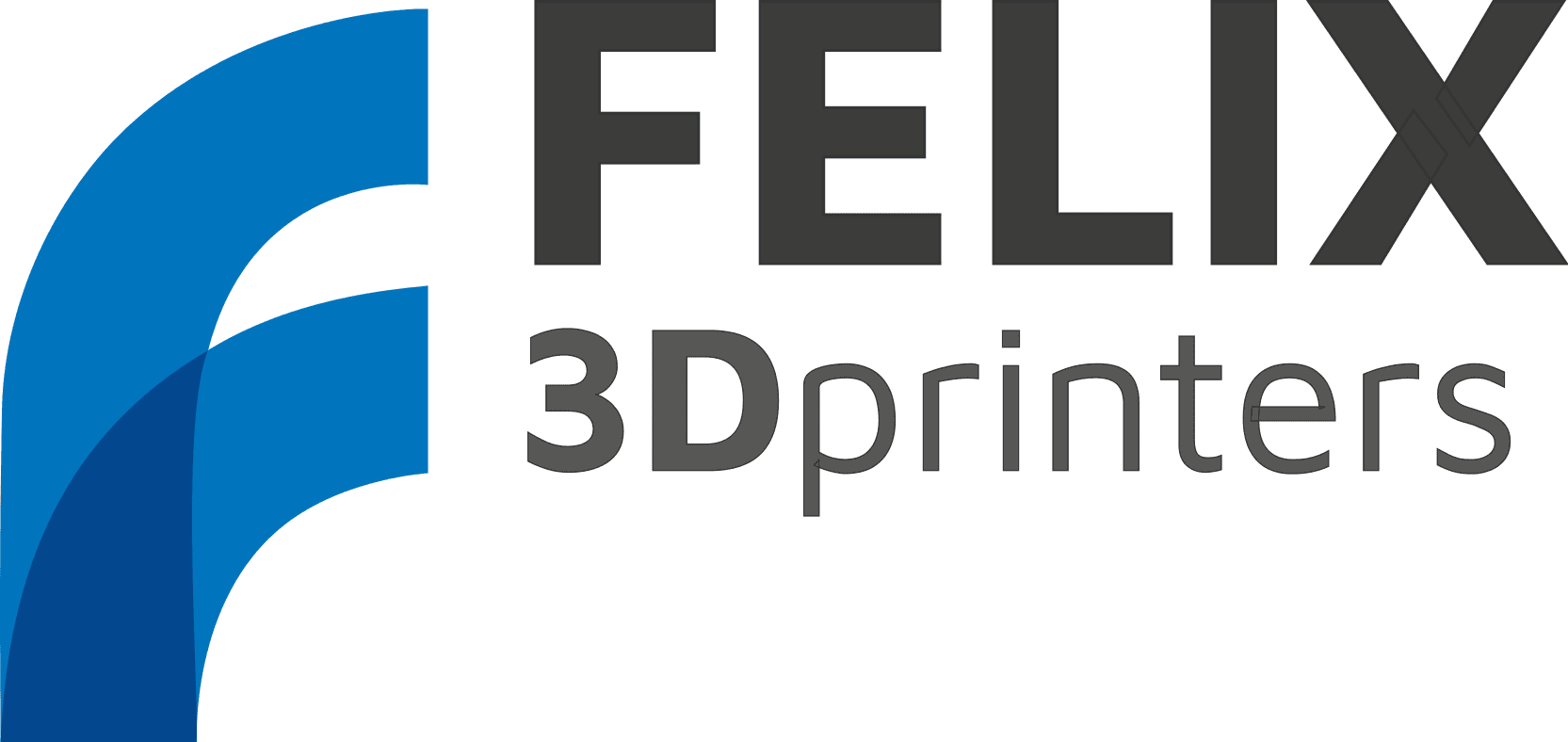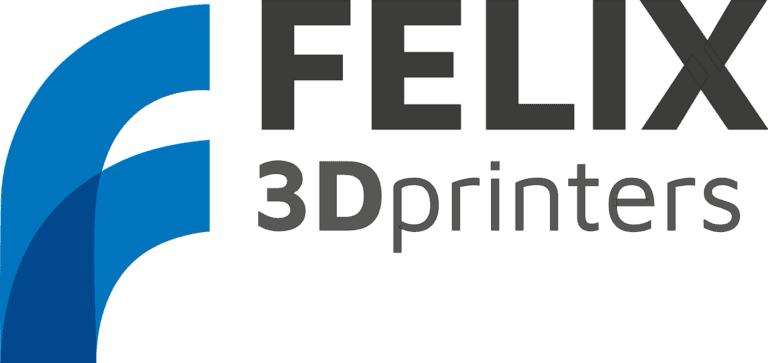Leaf Republic’s biodegradable tableware
July 5, 2016
A year full of new discoveries
December 30, 2016Architects and 3D printing, what do they have in common? It is quite simple: the desire to create highly detailed objects! Very often the most amazing scale models are presented of future buildings. The traditional technique to build a scale model (by hand) is time consuming and quite expensive. Ever since 3D printing became more accessible, many architects started to use the technology. A good example is Jaren ‘30 Architect, based in Utrecht, The Netherlands.

Jaren ‘30 Architect
Jaren ‘30 Architect is a cooperation between three Dutch architects with a focus on rebuilding, expanding and modernizing of houses in the area of Utrecht. Their main focus is, as the name already suggests, on houses built in the 30’s of the 20th century.
The architects started printing their designs about 1.5 years ago. The first prints were created by an external company. At the end of 2015 they decided to purchase their first 3D printer themselves. Main motivation for the architects was to provide a unique service to their clients which helps them to visualize the proposed design. Additional benefit of having a 3D printing within the office, are the savings made in making scale models. In house 3D printing is much cheaper than outsourcing the creation of a scale model.

Service for clients
“Having a 3D print of a design helps clients to visualize different areas and to put a place in perspective. People will have a better idea of dimensions when the design is visible and touchable all at once. It also gives a very good idea how multiple floors will be stacked on top of each other.” Says Ernst Haagsman, one of the architects at Jaren ‘30 Architect.
To truly integrate 3D printing in the process Jaren ‘30 Architect have developed a workflow where most of their designs will be printed in 3D. They do so to give their clients a good impression of the design plans.
Adding the realization of 3D prints to their workflow was not too difficult for the architects. Drawing a house or room in 3D was already part of the 100% BIM design process. BIM (Building Information Model) is the future drawing standard, fully 3D. This made it relatively easy to prepare the digital designs for 3D printing. The true learning curve was the point of learning the building limitations of the 3D printer. For example: maximum overhang and bridging capabilities. Also the possibilities of combining materials is something which has to be learned by reading about the materials and a process of trial and error.
Growing use by architects and constructors
The improving reliability of 3D printers make it more attractive for architects to use one. There is a large demand for high quality details and the ability to have a machine that works flawlessly for 48 hours. For example, a dual head system made entirely from metal helps a lot to improve reliability but also to give the print quality a definite boost.
Endless material combinations
Certainly one of the main benefits of working with an open source filament 3D printer, is the ability to combine materials. A woodlike material for the floors and a silky white material for the walls – It is possible with every FELIX 3D printer. Especially for architects this creates interesting possibilities to highlight specific design features. A selection of materials which can be used for creating scale models can be found below the image.


Pure white PLA – The perfect material for standard maquettes. Easy to print, good material for high detailed prints and the white colour gives a clean impression of the design.
Transparant PET – Create a unique transparent design. There are also coloured transparant versions of PET, it definitely has a one of a kind touch.
Wood filament – Give your print a unique wooden touch, with FELIX Wood filament. Create wooden floors with clean white walls by combining PLA White and FELIX Wood. A FELIX Dual Head 3D printer is required to combine two materials into one single print.
Mineral filament – Fiberlogy PLA Mineral filament is specially developed for 3D printing architectural (scale) models and artistic applications. PLA Mineral is characterized by high quality details reproduction and a satin structure.
Why FELIX
The FELIX Pro 1 is a reliable, silent and easy to operate 3D printer which is loaded with automated features. The Pro 1 is developed to be a desktop 3D printer – near silent operation is essential in this case. The FELIX Pro 1 has two print heads, giving it the possibility to combine two materials into a single print. Read more about the FELIX Pro 1

- Curious about printing with two print heads? Read more in the Dual Head Guide.
- Interested in the different filaments? Read more in the Filament Guide.
Did you like this article please share and experience some more:







